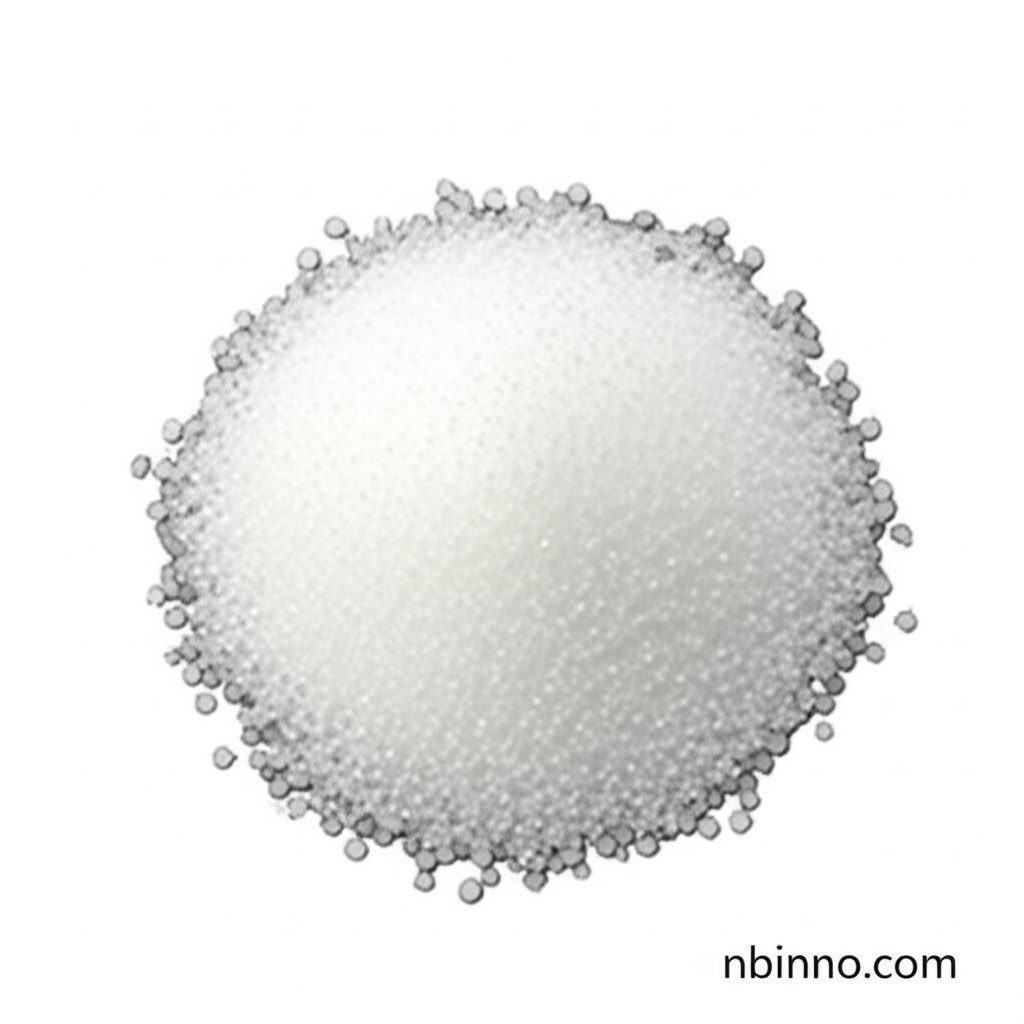Paraformaldehyde (CAS 30525-89-4): A Versatile Formaldehyde Source
Discover the critical role of paraformaldehyde in modern chemical manufacturing and its wide-ranging industrial applications.
Get a Quote & SampleProduct Core Value

Paraformaldehyde
Paraformaldehyde (CAS 30525-89-4) is a high-purity, solid-form polymer of formaldehyde that serves as a versatile raw material and intermediate in numerous industrial sectors. Its controlled release of formaldehyde makes it a safer and more convenient alternative to liquid formalin in many chemical processes.
- Explore the diverse paraformaldehyde uses in resin production, contributing to the creation of high-performance materials.
- Understand the significance of paraformaldehyde for agrochemicals, including its role in synthesizing essential pesticides and herbicides.
- Learn about the effective paraformaldehyde disinfectant properties, making it valuable for sanitation and fumigation purposes.
- Investigate the advantages of sourcing 99% paraformaldehyde price competitive options from reliable paraformaldehyde chemical suppliers.
Key Advantages
Enhanced Handling and Storage
As a solid, paraformaldehyde offers superior ease of storage, transportation, and handling compared to its liquid counterpart, reducing logistical complexities and safety concerns for businesses.
Controlled Formaldehyde Release
The ability of paraformaldehyde to gradually release formaldehyde allows for precise control over reaction rates and outcomes in manufacturing processes, leading to improved product consistency and efficiency.
Versatile Reactivity
This chemical intermediate is crucial for various organic reactions, acting as a methylene block, formylation reagent, and more, enabling the synthesis of complex organic molecules.
Key Applications
Resins and Adhesives
Paraformaldehyde is a key component in the synthesis of urea-formaldehyde, phenolic, polyacetal, and melamine resins, widely used in coatings, adhesives, and composite materials.
Agrochemicals
In the agrochemical sector, paraformaldehyde is vital for synthesizing herbicides like glyphosate and butachlor, contributing to effective crop protection solutions.
Disinfection and Fumigation
Its formaldehyde-releasing properties make paraformaldehyde effective as a fumigant and disinfectant in aquaculture and various industrial settings, controlling microbial contamination.
Organic Synthesis
Paraformaldehyde serves as a fundamental building block and reagent in a broad spectrum of organic synthesis reactions, supporting the creation of fine chemicals and pharmaceuticals.
